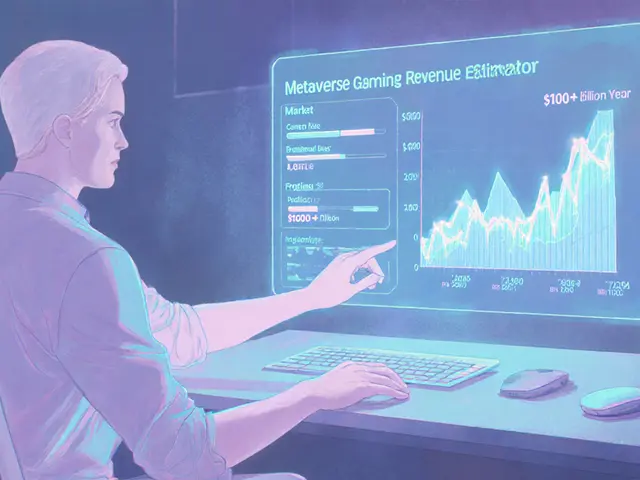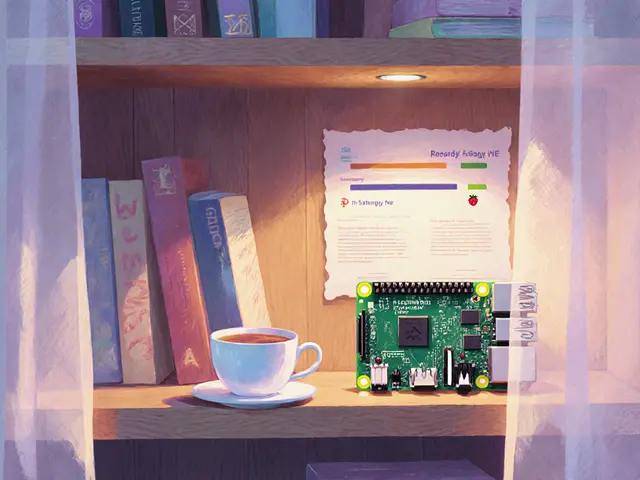Blockchain Voting: Transparent Elections on the Chain
When you hear Blockchain Voting, a system that records votes on a distributed ledger, ensuring each ballot is immutable and publicly verifiable. Also known as crypto voting, it lets anyone audit the results without exposing voter identities. That definition alone shows why this technology is shaking up how we think about elections.
One of the biggest draws is Transparency, the ability for anyone to see how votes were tallied in real time. Pair that with Auditability, a built‑in, cryptographic trail that lets independent observers verify every step of the counting process. Together they form a powerful duo: blockchain voting delivers open results while keeping the ballot secret.
Key Benefits and Challenges
The magic behind these benefits lives in Smart Contracts, self‑executing code that automatically enforces voting rules, prevents double‑spending, and triggers result publication. By embedding the election logic directly into the chain, organizers remove a whole class of human error. At the same time, Decentralized Voting, a network of nodes that collectively validate each vote without a single point of control. This structure makes it hard for any single actor to tamper with outcomes, a key advantage over traditional paper‑based polls.
Real‑world pilots are already proving the model works. A municipal election in Zug used a public ledger to record over 5,000 ballots, and a university student government ran a fully on‑chain referendum with zero disputes. These case studies show that the theory translates into practice, but they also highlight hurdles: voter education, regulatory clarity, and the need for robust key‑management solutions.
When you combine transparency, auditability, smart contracts, and decentralization, the result is a voting system that can scale from local clubs to national polls. Each component reinforces the others: transparency feeds auditability, auditability validates smart contracts, and smart contracts empower decentralization.
Below you’ll find in‑depth articles that break down each piece, walk through pilot projects, and outline steps for anyone wanting to experiment with blockchain voting. Whether you’re a developer, policy maker, or curious citizen, the collection offers practical insights you can put to use right now.

Explore how blockchain voting creates transparent, auditable elections while protecting voter privacy, backed by real pilots, benefits, challenges, and future steps.
Jonathan Jennings Jul 16, 2025




